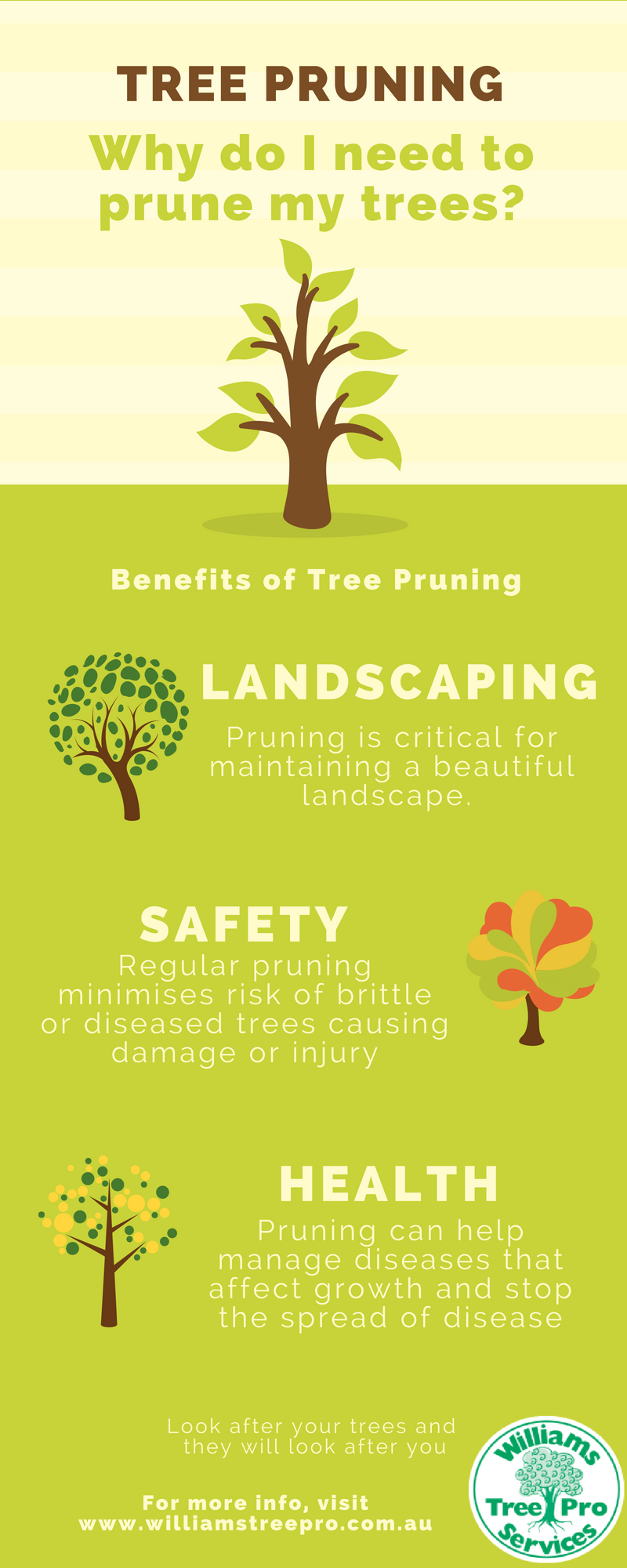By Pruning At The Ideal Minute And Using Reliable Methods, You Can Greatly Improve Your Trees-- Check Out Means To Optimize Their Growth Possible
By Pruning At The Ideal Minute And Using Reliable Methods, You Can Greatly Improve Your Trees-- Check Out Means To Optimize Their Growth Possible
Blog Article
Authored By-Mullen Eriksson
When it concerns seasonal tree cutting, timing and strategy are critical for your trees' health and wellness and growth. You may be surprised at just how much a simple cut can urge brand-new life. Understanding when to trim dormant trees versus flowering ones can make all the distinction. However it's not nearly when; it's additionally concerning exactly how you do it. Let's explore the best practices to guarantee your trees grow.
Comprehending the very best Seasons for Tree Trimming
When's the best time to cut your trees? Read Home Page depends on understanding the periods. Late wintertime to very early springtime is frequently excellent, as trees are still inactive. This timing reduces stress and promotes healthier growth when they awaken.
However, if you're managing blooming trees, consider cutting right after their blossoms discolor. This guarantees you won't remove following year's flowers.
In summer season, light trimming can help maintain form and remove any dead or diseased branches. Stay clear of hefty pruning during fall, as trees are getting ready for inactivity and may struggle to recover.
Inevitably, understanding your tree types and regional climate will direct your cutting routine. Pick wisely, and your trees will prosper beautifully year-round.
Essential Trimming Strategies for Healthy Trees
Pruning your trees properly is essential for their wellness and durability. Beginning by using tidy, sharp devices to make accurate cuts, which assists protect against damages and disease.
Focus on removing dead, harmed, or crossing branches first; this urges far better air movement and sunlight infiltration. When reducing, aim for an angle that promotes recovery and lessens the risk of rot. Constantly trim just outside the branch collar, the swollen area where the branch fulfills the trunk, to improve recovery.
For young trees, form them by uniquely pruning to create a solid framework. Lastly, avoid over-pruning; removing excessive vegetation can stress your tree.
Common Mistakes to Prevent When Pruning
Numerous house owners make important errors while trimming their trees, which can cause long-term damage.
One common error is over-pruning, where you eliminate a lot of branches at the same time. This can emphasize the tree and hinder its growth.
An additional mistake is utilizing dull tools; sharp, tidy devices make cleaner cuts that recover faster.
Don't fail to remember to prune at the incorrect time of year; winter season is typically best for lots of species, while summer is optimal for others.
Also, avoid reducing branches too near the trunk or leaving stubs, as both can invite parasites and illness.
Last but not least, stopping working to step back and examine the tree's total shape can cause uneven growth.
Maintain these blunders in mind for much healthier, prospering trees!
Final thought
Finally, seasonal tree trimming is essential for your trees' wellness and growth. By pruning at the right times-- late wintertime for dormant trees and right after flowers for flowering varieties-- you'll encourage lively vegetation and blooms. Bear in mind to utilize tidy, sharp tools and follow proper strategies to stay clear of damages. Avoid hefty trimming in the loss and remain clear of common mistakes. With these pointers in mind, you'll maintain your trees growing all the time!
